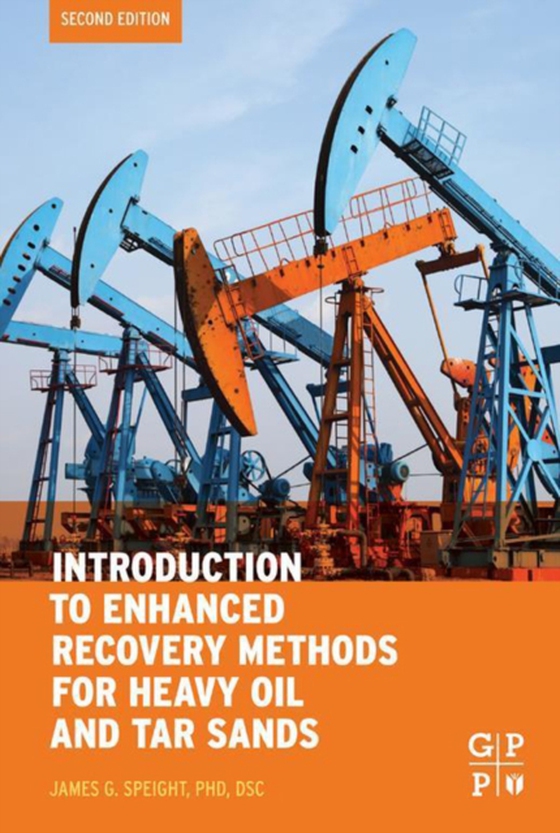
Introduction to Enhanced Recovery Methods for Heavy Oil and Tar Sands e-bog
1276,86 DKK
(ekskl. moms 1021,49 DKK)
Introduction to Enhanced Recovery Methods for Heavy Oil and Tar Sands, Second Edition, explores the importance of enhanced oil recovery (EOR) and how it has grown in recent years thanks to the increased need to locate unconventional resources such as heavy oil and shale. Unfortunately, petroleum engineers and managers aren't always well-versed in the enhancement methods that are available when ...
E-bog
1276,86 DKK
Forlag
Gulf Professional Publishing
Udgivet
24 februar 2016
Længde
576 sider
Genrer
Agribusiness and primary industries
Sprog
English
Format
epub
Beskyttelse
LCP
ISBN
9780128018750
Introduction to Enhanced Recovery Methods for Heavy Oil and Tar Sands, Second Edition, explores the importance of enhanced oil recovery (EOR) and how it has grown in recent years thanks to the increased need to locate unconventional resources such as heavy oil and shale. Unfortunately, petroleum engineers and managers aren't always well-versed in the enhancement methods that are available when needed or the most economically viable solution to maximize their reservoir's productivity. This revised new edition presents all the current methods of recovery available, including the pros and cons of each. Expanded and updated as a great preliminary text for the newcomer to the industry or subject matter, this must-have EOR guide teaches all the basics needed, including all thermal and non-thermal methods, along with discussions of viscosity, sampling, and the technologies surrounding offshore applications. Enables users to quickly learn how to choose the most efficient recovery method for their reservoir while evaluating economic conditions Presents the differences between each method of recovery with newly added real-world case studies from around the world Helps readers stay competitive with the growing need of extracting unconventional resources with new content on how these complex reservoirs interact with injected reservoir fluids
 Dansk
Dansk

